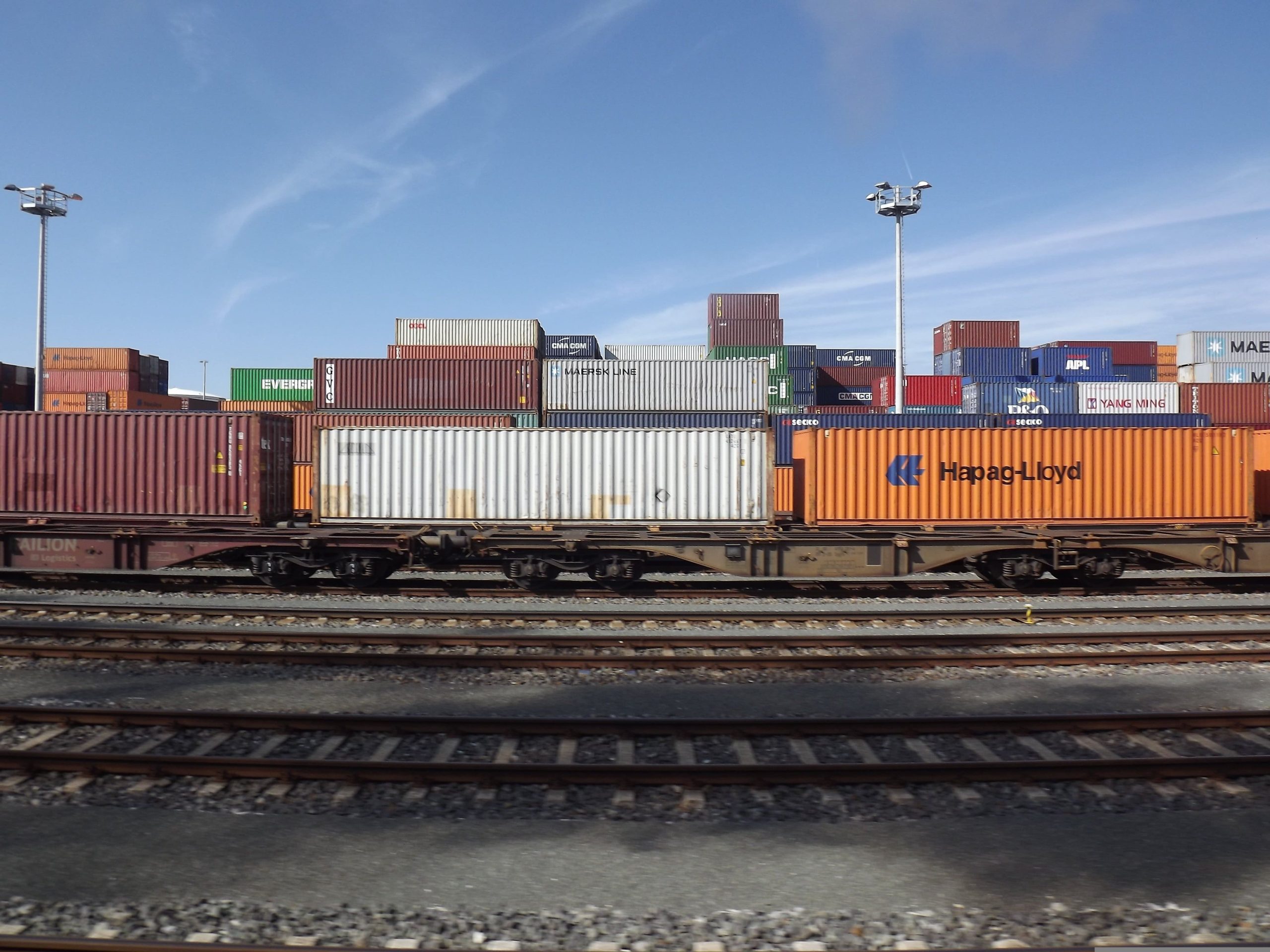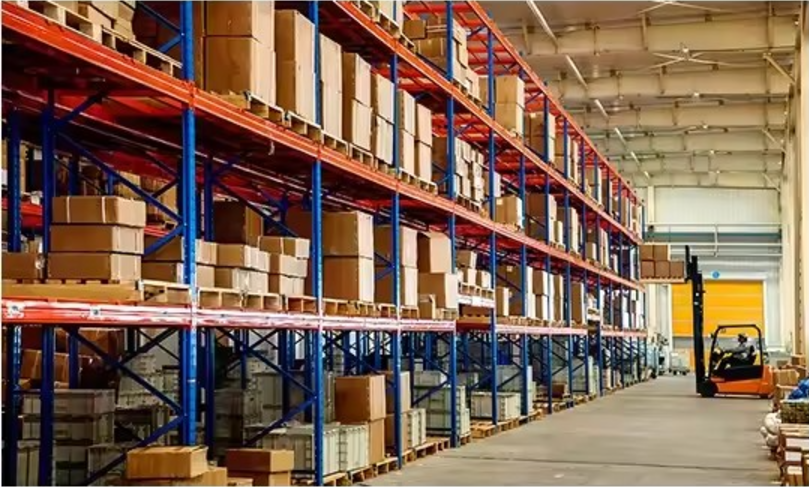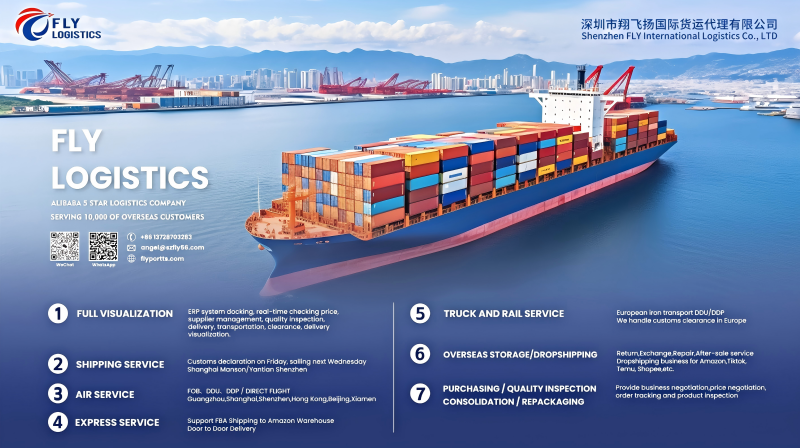Recently, a test container of the “railway express” mode of the China-Europe Express in Guizhou Province was successfully shipped at the Guiyang International Land Port. With the joint efforts of Guiyang Customs, the Provincial Department of Commerce, the Guiyang Comprehensive Bonded Zone Management Committee, and the Guiyang International Land Port, the Guizhou tea loaded in the container was shipped directly to Europe via Alashankou via the China-Europe Express in the “railway express” mode.
The “Railway Express” model is an innovative regulatory model launched by customs in recent years based on the characteristics of containerized cargo in international rail transport. It can effectively promote the development of international rail combined transport trains and improve the efficiency and facilitation level of rapid customs clearance of import and export cargo on domestic railways. In today’s fast-paced global economy, logistics efficiency is not only a competitive advantage but also a necessity. Companies that rely on international logistics face unique challenges in managing complex supply chains that span national borders, time zones, and modes of transportation. A key component of this intricate puzzle is train freight, which plays a vital role in transporting goods efficiently and sustainably. The emergence of realtime trains freight monitoring is revolutionizing this aspect of logistics, providing unprecedented visibility, control, and optimization.
How realtime trains freight monitoring improves the reliability and transparency of international transportation
In international trade, the reliability and transparency of transportation are key factors for business success. Traditional freight models often have problems such as information asymmetry, unpredictable delays, and opaque transportation status. These problems may lead to lost goods, customer dissatisfaction, and even affect the stability of the entire supply chain. realtime trains freight monitoring technology changes this situation in the following ways:
- Improving visibility: Through GPS positioning, IoT sensors, and data analysis, real-time monitoring systems can provide real-time location and status of trains and their cargo. This high level of visibility allows companies to accurately grasp the dynamics of goods during transportation and make adjustments at any time to avoid delays and emergencies.
- Reducing risks: The provision of real-time data allows companies to identify potential risks in advance. For example, information such as weather changes, customs inspections, or mechanical failures can be known in advance and corresponding countermeasures can be taken to reduce transportation risks and ensure that goods arrive on time.
- Improving transparency: Transparent transportation processes not only benefit suppliers and transportation companies but also enable customers to track the transportation status of goods at any time. This transparency improves customer trust and satisfaction and helps companies build stronger brand loyalty.
How realtime trains freight data can help companies manage the complexity of cross-border transportation
Cross-border transportation involves many complex factors, such as customs regulations in different countries, switching between different modes of transportation, and various unpredictable emergencies. realtime trains freight data provides companies with new tools to manage these complexities:
- Dynamic adjustment of transportation routes: Real-time data analysis allows companies to adjust transportation routes according to actual conditions to avoid possible delays. For example, if a section of the railway is congested or the weather is bad, the system can automatically suggest alternative routes to ensure that the goods arrive on time.
- Optimize inventory management: Real-time data helps companies better predict transportation time, thereby optimizing inventory management. By reducing inventory backlogs and avoiding out-of-stock situations, companies can effectively reduce operating costs and improve supply chain efficiency.
- Simplify cross-border processes: Real-time monitoring systems can automatically update the status of goods and simplify customs declaration and inspection processes. By providing accurate transportation data, companies can more easily comply with the regulations of various countries and reduce customs clearance time and related costs.

The impact of realtime trains freight monitoring on various stakeholders in global trade
realtime trains freight monitoring not only has a profound impact on the companies themselves but also brings important changes to other stakeholders in global trade:
- Suppliers: The real-time monitoring system enables suppliers to more accurately predict demand, adjust production plans promptly, and avoid inventory backlogs or shortages. At the same time, suppliers can obtain transportation status in real time through the system, optimize communication with customers, and improve service levels.
- Transportation companies: For transportation companies, real-time monitoring technology improves transportation efficiency and customer satisfaction. By optimizing train routes and scheduling, transportation companies can reduce delays, reduce operating costs, and improve market competitiveness. In addition, real-time data also helps transportation companies better manage fleets and equipment maintenance to avoid sudden failures.
- End customers: Customers are the ultimate beneficiaries of realtime railway freight monitoring technology. By keeping abreast of the transportation status of goods at any time, customers can better plan their business activities and reduce losses caused by cargo delays. At the same time, transparent transportation processes also enhance customer trust in the supply chain and enhance customer loyalty.
Benefits of realtime trains freight for international logistics
For companies engaged in international logistics, the benefits of realtime trains freight monitoring are profound. These benefits include:
- Enhanced Visibility: One of the most significant advantages of real-time monitoring is the ability to track freight at every stage of its journey. This visibility extends beyond national borders, allowing companies to monitor the movement of goods as they transition between different countries and modes of transport. Enhanced visibility helps prevent lost shipments, reduces the risk of theft, and improves overall supply chain transparency.
- Improved Predictability: Real-time data allows logistics managers to predict arrival times more accurately. By analyzing factors such as weather conditions, track congestion, and delays at border crossings, companies can adjust their schedules and communicate accurate delivery times to customers. This predictability is particularly valuable in international logistics, where delays can have a cascading effect on multiple shipments.
- Proactive Issue Resolution: With real-time monitoring, potential issues can be identified and addressed before they impact the supply chain. For example, if a train is delayed due to a mechanical issue, logistics managers can reroute other shipments or arrange for alternative transportation methods. This proactive approach minimizes disruptions and ensures that goods reach their destination on time.
- Cost Savings: Optimizing train routes and schedules based on real-time data can lead to significant cost savings. By avoiding unnecessary stops, reducing fuel consumption, and minimizing delays, companies can lower their transportation costs. Additionally, real-time monitoring helps prevent costly incidents, such as damage to goods due to improper handling or exposure to unfavorable conditions.
- Sustainability: Freight trains are already one of the most environmentally friendly modes of transport. Companies can further reduce their carbon footprint by optimizing their operation through real-time monitoring. Efficient routing, minimized idling, and reduced fuel consumption contribute to a more sustainable logistics operation, which is increasingly important in today’s environmentally conscious market.
Conclusion
Realtime trains freight monitoring technology is changing the pattern of global trade. Improving the reliability and transparency of international transportation helps companies better manage the complexity of cross-border transportation, reduces delays and uncertainty, and improves the stability of the global supply chain. This technology not only brings significant operational advantages to businesses but also creates new value for all stakeholders in global trade. With the continuous development of technology, realtime trains freight monitoring will further deepen its impact on global trade and provide stronger support for enterprises from various countries in the increasingly competitive international market.





